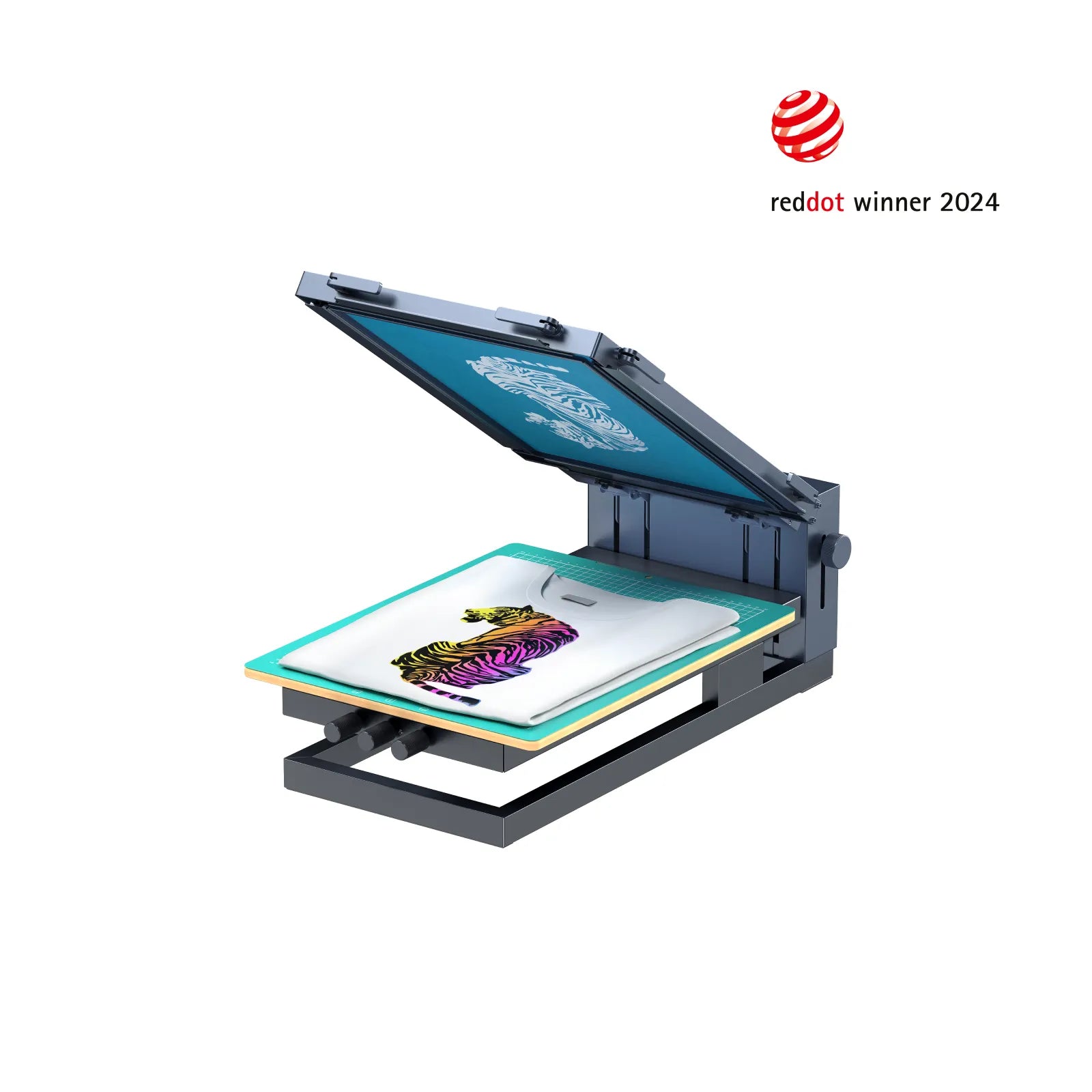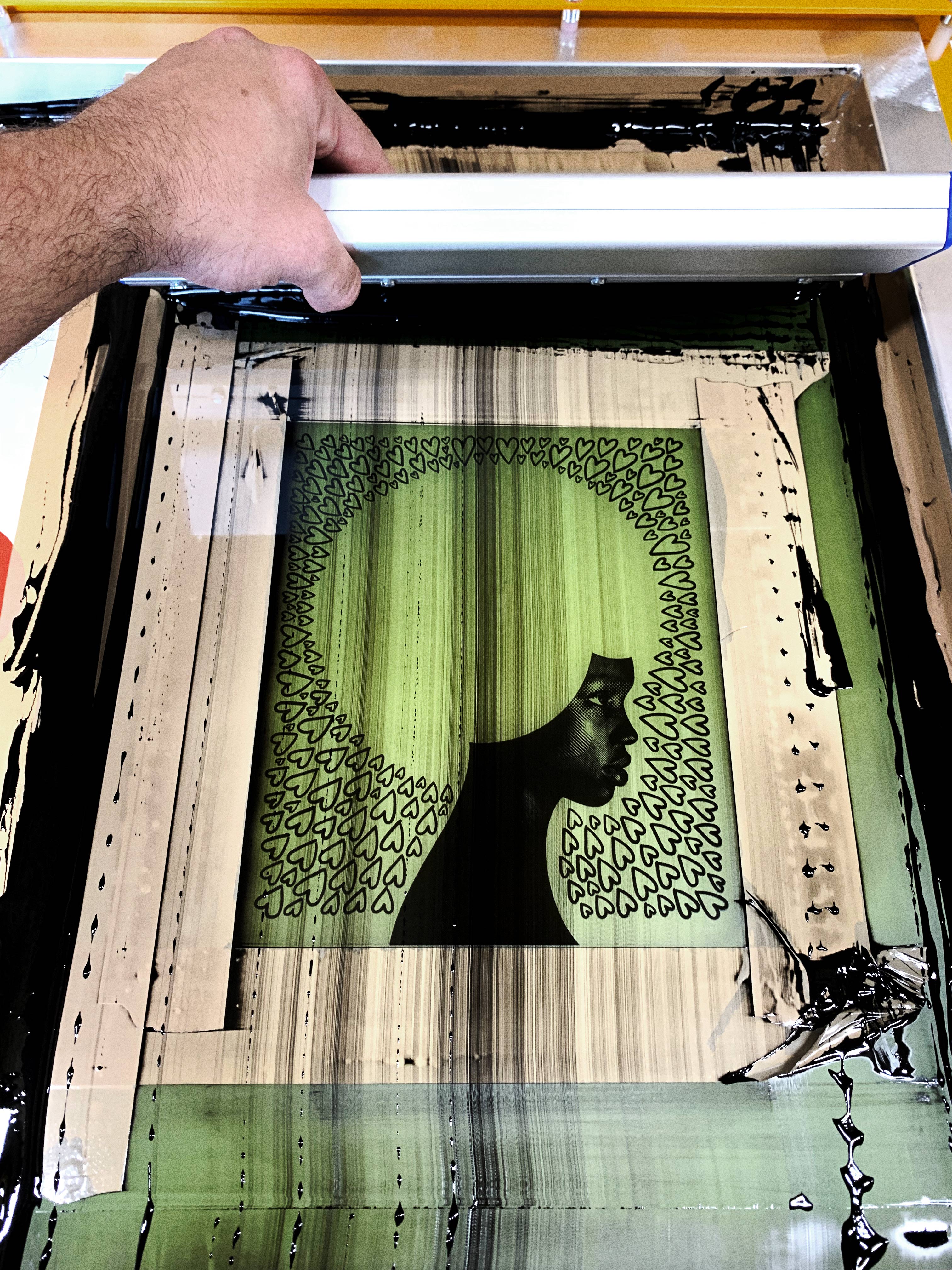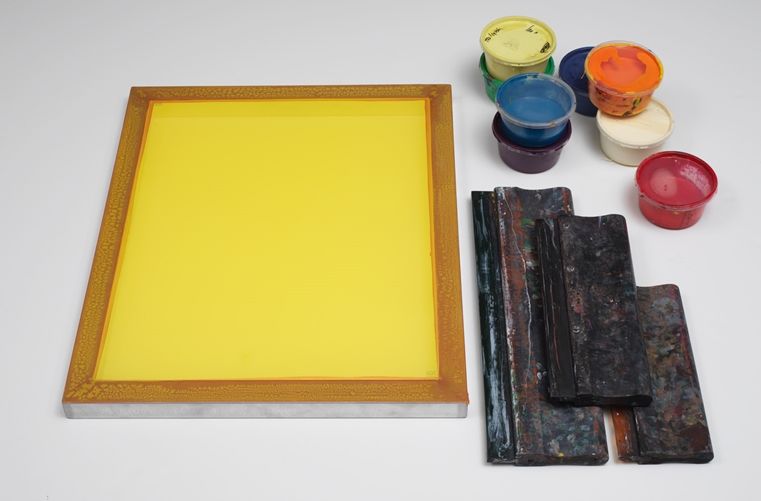ChatGPT said: Why nonprofits prefer 10:9 Design LLC Company for bulk printing
The Necessary Guide to Recognizing Screen Printing and Its Versatile Uses
Screen printing has a rich history that goes back to ancient times, progressing into an advanced technique utilized throughout various sectors today. This overview discovers the ins and outs of the screen printing procedure, detailing its applications in style, home, and advertising décor - 10:9 Design near me. Understanding these basics can open innovative potential for both artistic and industrial jobs. The complying with sections will certainly expose vital pointers and strategies to boost one's screen printing ventures
The History of Screen Printing
Screen printing has roots that trace back centuries, its advancement reflects the technical and artistic advancements of different cultures. Originating in old China, the technique was initially made use of for embellishing fabrics and later spread to Japan, where it ended up being integral to Ukiyo-e woodblock printing. The technique moved to Europe in the 18th century, where it got popularity among artisans and business printers. The invention of picture emulsion in the 20th century transformed screen printing, enabling even more complex styles and better performance. Artists like Andy Warhol additionally propelled its appeal, utilizing the medium to develop renowned jobs that combined commercialism and art. By the late 20th century, screen printing had established itself as a flexible method, used in vogue, advertising and marketing, and art. Today, it remains to progress, integrating digital innovation and broadening its applications throughout numerous markets.
The Screen Printing Process Explained
Screen printing changes creative visions right into substantial styles via a series of exact steps. A photo is developed and after that transferred onto a screen, usually made of fine mesh material extended over a framework. A light-sensitive solution is related to the screen, which is subjected to light, hardening in locations not covered by the photo. After rinsing the unhardened solution, a stencil is developed.
Next, the screen is put over the substrate, whether it be material, paper, or another material. Ink is then pushed through the open locations of the pattern using a squeegee, depositing the design onto the substratum listed below. This process can be duplicated for numerous shades, needing different screens for each and every hue. The published thing is healed making use of heat to ensure the ink adheres properly, resulting in a resilient, vivid layout prepared for use.
Kinds Of Screen Printing Techniques

In addition, specialty techniques, such as discharge screen printing, remove color from the textile to create softer prints, while foil screen printing uses metallic foil to accomplish a shiny surface (10:9 Design Screen Printing). Each method offers unique attributes, accommodating numerous innovative requirements and production ranges, ultimately broadening the possibilities within the screen printing domain
Applications of Screen Printing in Numerous Industries

In addition, the signage and advertising and marketing industries make use of screen printing for creating captivating screens and banners. This method enables for bold colors and intricate layouts that record focus. In electronics, screen printing is employed for applying conductive inks to motherboard, vital for part connections. In addition, the home design sector welcomes screen printing to create distinctive designs on textiles and wall surface art. Generally, screen printing serves as a crucial device across varied fields, boosting items with individualized and aesthetically appealing graphics.
Tips for Effective Screen Printing Projects
While taking on a screen printing project, careful interest to detail can substantially improve the final end result. Initially, selecting high-quality materials is necessary; this consists of the screen, inks, and substrates. Making use of appropriate mesh counts can affect ink deposition and detail resolution. Preparation is similarly important; extensive cleaning of screens and correct exposure times ensure crisp prints.
Next, accurate registration is critical for multi-color prints. Utilizing placement devices can aid accomplish specific layering. Furthermore, testing prints on scrap materials prior to manufacturing aids identify prospective issues without squandering sources.

Frequently Asked Inquiries
What Materials Are Ideal for Screen Printing on Textile?
Cotton and polyester blends are perfect for screen printing on fabric because of their toughness and ink absorption. In addition, specialized textiles like address silk or canvas can generate unique textures and surfaces, improving the overall style quality.
How Do I Clean and Maintain Screen Printing Devices?
To cleanse and preserve screen printing devices, one need to regularly clean screens with appropriate solvents, check squeegees for wear, lube relocating components, and store all products in a completely dry, dust-free environment to extend their life expectancy.
What Are the Environmental Impacts of Screen Printing?
Screen printing can have substantial ecological impacts, consisting of chemical waste from solvents and inks, water usage during cleansing procedures, and energy intake. Eco-friendly products and sustainable practices are important for reducing these negative effects.
Can Screen Printing Be Done in the house Successfully?
Screen printing can be successfully done at home with the best materials and strategies. Hobbyists can create top quality prints, though success depends upon their see it here skill degree, equipment, and understanding of the process entailed.
What Are the Expenses Associated With Beginning a Screen Printing Business?

Starting a screen printing organization involves expenses for tools, materials, and work area. First expenditures generally vary from a few hundred to several thousand dollars, relying on the scale, high quality of equipment, and wanted manufacturing capacity.
Screen printing has a rich background that dates back to old times, evolving into an innovative technique utilized throughout various markets today. An additional method, rotating screen printing, employs cylindrical displays, facilitating continual printing on material rolls, thereby enhancing performance for large-scale productions. In addition, specialty methods, such as discharge screen printing, remove color from the material to create softer prints, while aluminum foil screen printing applies metal foil to accomplish a glossy coating. In the fashion industry, screen printing is widely made use of to produce vibrant styles on apparel, making it possible for brands to display their one-of-a-kind styles. Cotton and polyester blends are ideal for screen printing on material due to their sturdiness and ink absorption.